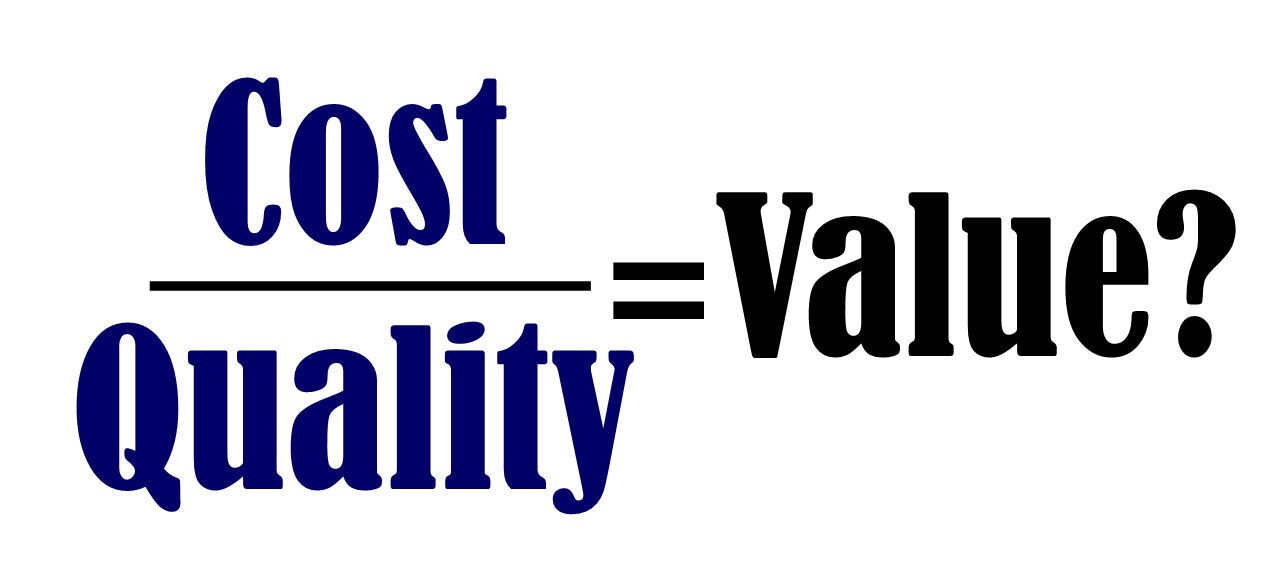David Hinkle, Independent Supply Chain Consultant, Issaquah, Washington
When I first started out in supply chain management we didn’t use a lot of metrics to analyze our supply chain expenses. However, we knew if a certain department was over or under their budget. Yet, there was very little to tell us why this was happening. I’d just get a visit from the CFO asking why supply expense was out of line and we would scurry around looking for an answer. Was it a volume issue? Was the department using different products than budgeted? Usually, I didn’t have the answers to these questions, so I hoped by the next month the anomaly had gone away and the problem forgotten. Not a good way to do business.
Measurement Became More Scientific
As my career progressed into consulting so did our supply chain expense management profession’s measurement ability. We started using Supply Cost per Patient Day (the problem here was the longer the length of stay, the better the measurement looked), so we eventually progressed to Supply Cost per Case Mix Adjusted Index per Adjusted Discharge. A great global measurement, but not specific enough to be actionable. It was not until we started employing activity-based metrics, such as, Supply Cost per Surgery Case, Pharmacy Supply Cost per CMI Adjusted Discharge, or Supply Cost per Cath Lab Procedure that we finally had some directional information. Unfortunately, this was not enough information either. We knew where to look for departments responsible for upwards to 75% of the total spend, but what were the reasons for the expense changing and what about the other 25% of the departments’ expenses? Not a perfect system, but much more scientific than just stumbling around.
Measurement Became More Targeted
Fast forward a few years and I have now discovered that you can deep dive into an individual department’s supply expense performance with a clinical supply utilization management power tool. This tool enables you to drill down to the line item product usage (at ground level) in each hospital department and then target the waste and inefficiencies in their supply streams. This is a great leap forward from stumbling around and then hoping to identify unfavorable department variances and eke out savings opportunities too.
Don’t Rely on Old Methodologies
This new and better clinical supply utilization management methodology is something I’ve been waiting to see my entire career. One that can not only identify the why of any budget variance in any department, unit, or entity, but also target my best supply chain opportunities throughout my client’s hospital, system, or IDN. Why waste your time trying to figure out these mission critical questions when new technology has taken all of the guesswork out of the utilization equation. It can be like taking the elevator vs. the steps to get to your destination.
David Hinkle, FACHE, CMRP is an independent Supply Chain Consultant with over thirty years of supply chain operations and consulting experience. He is currently a Licensed Affiliate of SVAH Solutions providing sales promotion and product implementation assistance. You can contact David at dhinkle@pinnacleconsultingservices.org.





